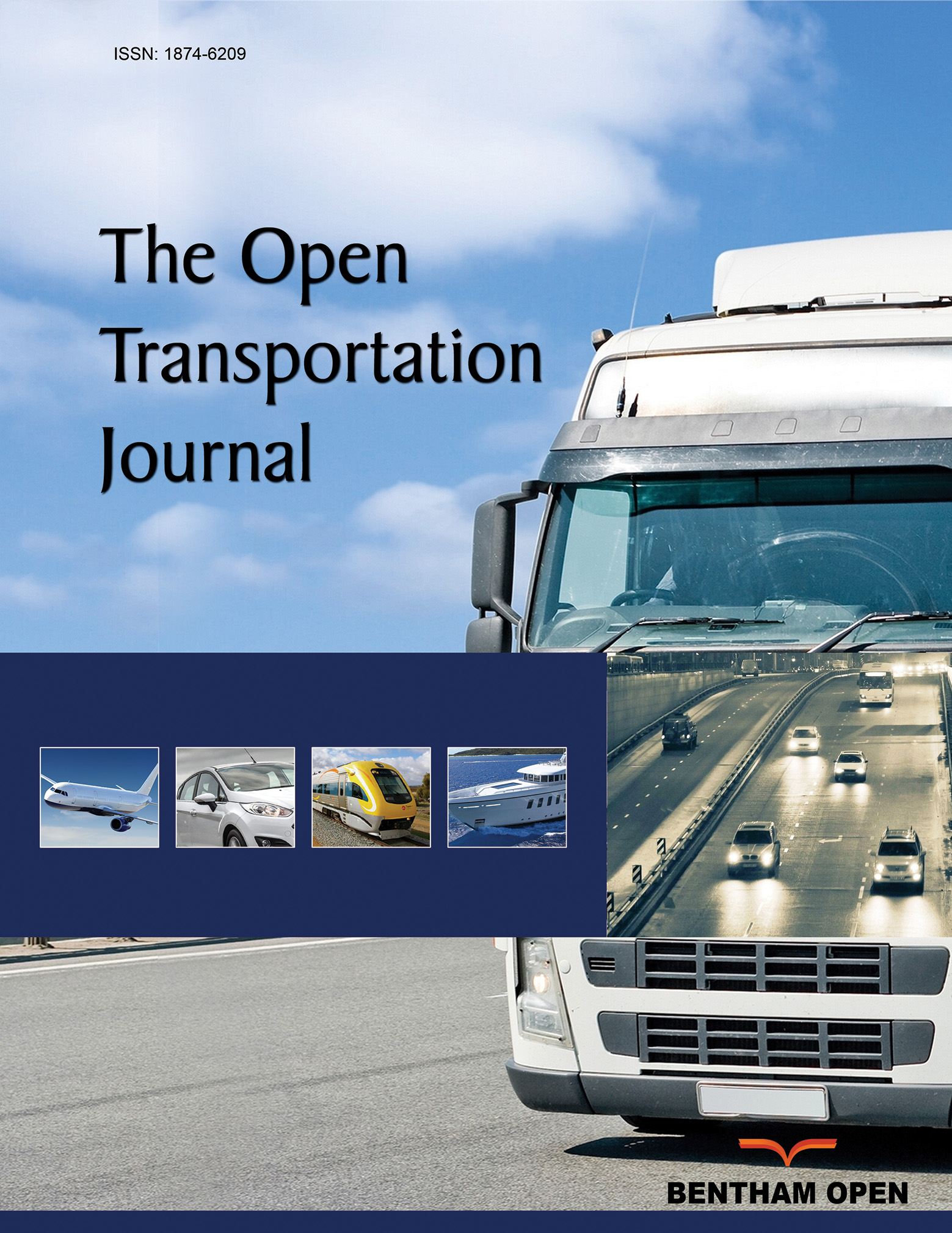A Review of Crash Modification Factor (CMF) Estimation
Abstract
Background
Road authorities and road safety experts are involved with estimating the expected outcomes originating from road safety treatments. Information derived from proposed treatments enables planners to make comparisons between the expected savings from crash reductions and associated treatment costs.
Aim
The purpose of this review is to provide direction to agencies and practitioners interested in estimating safety effectiveness.
Methods
Specifically, this study discusses the main methods for developing CMFs, including an overview of each method, data considerations, and their strengths and weaknesses. It also discusses the techniques of estimating combined CMFs resulting from multiple safety treatments.
Results
The review showed that observational Before–After (BA) studies with the Empirical Bayes (EB) and Full Bayes (FB) approaches provides enhanced consistency and precision for the estimated safety effectiveness. Alternatively, the cross-sectional method can be adopted in cases where observational BA studies are not practical due to data restrictions. Five additional techniques for estimating combined CMFs are also reviewed.
Conclusion
The study notes that while there has been substantial research in the broad area, very few studies have reported comparative methods of combined CMF estimation. Future research directions and research gaps are also highlighted in this review.

